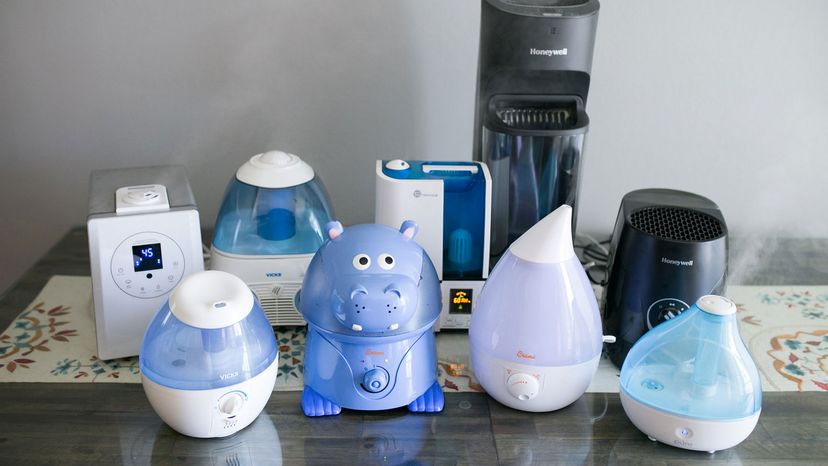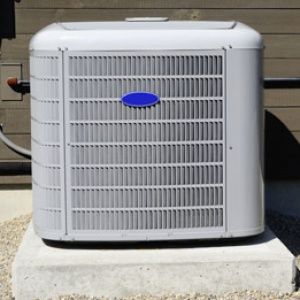
Maintaining a clean humidifier is essential for both the longevity of the device and the health of its users. Often overlooked, the process to clean a humidifier is straightforward but vital to prevent the spread of bacteria and mold in the air.
Regular cleaning ensures that the humidifier works efficiently, emitting clean, moist air that benefits those in the room. This article provides step-by-step guidance and practical tips to help you keep your humidifier in top condition, ensuring your air remains fresh and healthy.
Advertisement

